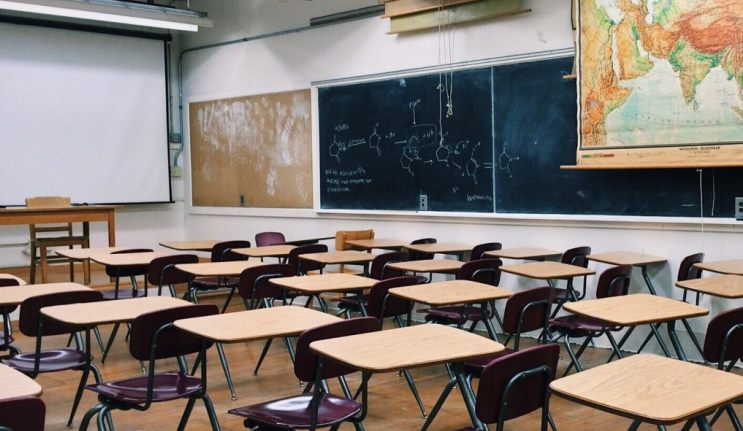
RESEARCH NEWS
Male teachers headed for extinction in Australia
Macquarie University researchers have calculated the proportion of male teachers from 1965 to 2016 in Australia, and report that with their current declining rate, male teachers will no longer exist in Australian primary schools by the year 2067. The study is the first ever to track the trajectory of male teachers in any country, with the researchers calling for a review of Australian workforce diversity policies in the education sector.
“Our results show that the number of male teachers has been steadily declining in the classrooms of Government-funded schools and independent non-Government schools over the past 50 years. In 1977 around 28.5 per cent of teaching staff were male in primary schools Australia-wide, now they only make up about 18 per cent of teaching staff, and when we followed this trend into the future we found that by the year 2067 they will have disappeared from primary schools completely,” said lead author Dr Kevin McGrath.
“The situation is echoed in secondary schools, with 1977 numbers reflecting that around 54 per cent of teaching staff were male, whereas today around only 40 per cent of teachers are male, with the trend predicting that in just ten years this number will have again dropped by about five per cent,” he added.
The study, published in Economics of Education Review, analysed annual workplace data from the past five decades to gain insight into how male teacher numbers were faring in Australia’s three main school sectors, namely Government, Independent and Catholic.
“We found that a rapid rate of decline in male teacher numbers occurred in both primary and secondary Government schools over the past 50 years, and that this trend was generally echoed in non-Government Independent schools and Catholic secondary schools. In the case of Catholic primary schools the trend was slightly different, with a rapid rise in male primary teacher numbers prior to 1989, but numbers falling from then onwards, causing the overall percentage of male teachers to actually increase slightly over time as a direct result,” explained Dr McGrath.
While previous studies suggest that reasons such as low salary, low status of the teaching profession and even negative perceptions of men who choose to teach young children may be driving men away from the teaching profession, the authors argue that the observed imbalance is also likely to limit the way in which children view men in professional contexts.
“A potential implication of the findings is that current school students may have limited opportunity to observe men outside of their families who are caring, nurturing, or concerned about education. This may lead children to assume that only women are suited for work involving children, or that caring traits are atypical in men. Furthermore, diversity of gender, age, ethnicity and religion in teaching staff should be encouraged because it facilitates multiple perspectives and creates an inclusive environment,” explained Dr Penny Van Bergen, co-author of the study.
The results also highlight the need for a review of workforce diversity policies in Australian school systems, with the authors calling for action to redress this imbalance.
“These findings provide a useful foundation for policy makers who are interested in pursuing workforce gender diversity in the education sector, and given that none of the three Australian school sectors – Government, Catholic or Independent – have developed national policies to attract or retain male teachers across our 50 years of analysis, it is pertinent that education providers start to address this,” concluded Dr McGrath.
McGrath, Kevin F; Van Bergen, Penny. Are male teachers headed for extinction? The 50-year decline of male teachers in Australia. Economics of Education Review. August 2017.
Hi, this is very interesting research and needs addressing.
Among career change teachers, there are some studies showing more (older) men take up teaching which is a good thing. We need to make the teaching profession attractive to career change individuals who bring a whole lot of skills and experiences to the classroom.